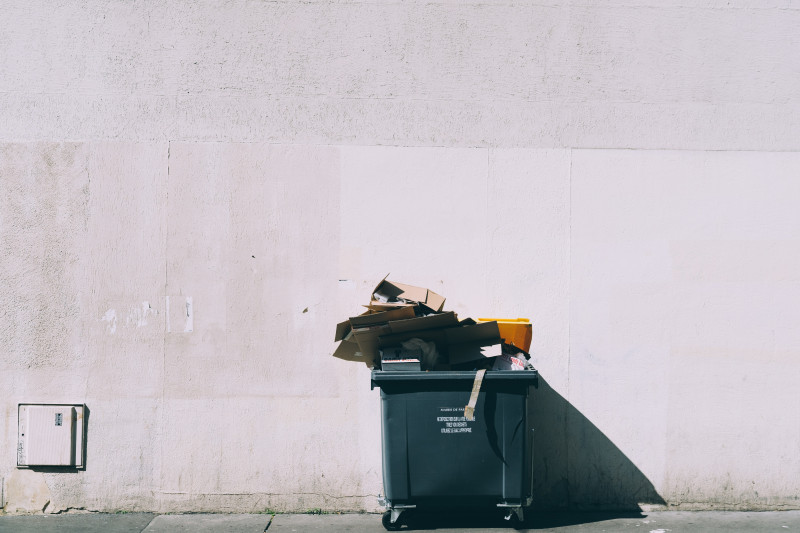
By Fodhla O'Connell-Grennell
Step One: Awareness
Becoming aware of the waste at home is the first step to conquering it. We know excess amounts of waste are bad and if there are ways to ameliorate it, then why not make the changes now.
Step Two: Phase Out
Stop buying new products and look at what you have. To go ‘waste free’ doesn’t mean dumping your single-use items all of a sudden. Use them up, whether they are make-up wipes, diapers, cotton pads or even food, use it all up and look into what alternatives you can buy afterwards. It is about using what you have and vouching to do better in all future purchases.
Step Three: Swap Out
As you phase out old products, look and see what reusables you can replace some of your single use products with. Check out the second-hand market, support local businesses and make sure whatever you buy is going to last a very long time. For every disposable item, there will be a more sustainable, reusable item.
Step Four: Stay Patient
The transition to a ‘zero waste’ lifestyle will be initially difficult and patience is key to achieving your goal. When you change lifestyles, you want to see immediate results, but unfortunately it may take weeks, months or even years before you will see the results of going waste free. Throwing everything you own out is contradictory to the lifestyle for two reasons. One being the obvious that you are creating more waste, but also like many lifestyle changes without extensive research, you might find yourself unsuccessful at attempting to buy many no waste products all at once. It is a step-by-step system and patience is vital to your success.
Step Five: Find Better Solutions
Buying better products is important, but look at your recycling and waste and find a better solution for these too. You need to be creative. Find out if there is a shop or local seller who sells a certain product which you are struggling to find a waste free alternative for. There is a better solution out there, you just need to source it.
Step Six: Education
No one is perfect, everyone is learning and education is key for changing your lifestyle. You are always going to learn more and more about how to have a positive impact on the planet. Try and educate yourself as much as you possibly can and spread the information you have learned among your community.
Step Seven: Consumer Habits
You will notice your consumer habits change. Find out what you really need in your life by only buying necessities. From here, you can cut out useless items in your life and focus on changing what’s more important. Become more involved with your supply chain and find out where your products come from and their impacts on the planet.
Step Eight: Community Encouragement
Look up on social media if there are any other people in your community making the same changes and if there isn’t, start your own group. Doing lifestyle changes alone can be very alienating, but once you get more people on board, you can all encourage each other to keep going. Then take that step further and as a community, target businesses and ask them to be more conscious about their practices, for example, if there is a local restaurant who use single-use, plastic straws; as a community write a letter outlining how reusable straws, no straws or even paper straws would make a positive difference. Organise events in the community and spread the word as much as possible.
Step Nine: Policy Changes
An important saying to remember is: “Citizens and businesses must first act so policy can react.” Negotiate with your local government and grow your movement. This growth will show how an individual can make a difference. You have nothing to lose!